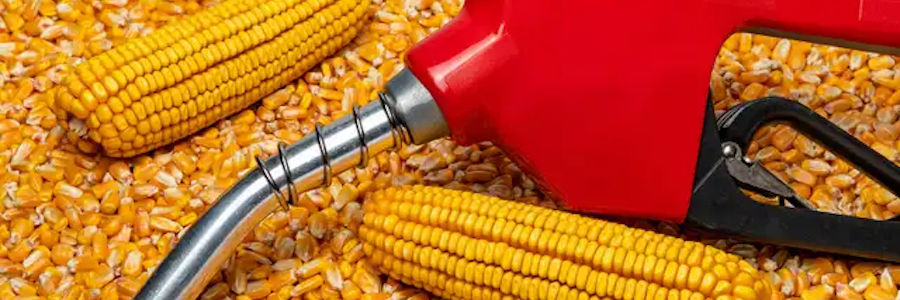In the coming years, agriculture will witness significant changes that will shape the destiny of farming families. Let’s dive into the realities that cannot be ignored. From the prominence of biofuels over electric machinery to the ever-present labor shortages and the indispensability of automation, and the game-changing potential of AI, technology will be the linchpin for success in the agricultural realm.
1. Biofuels are the major players. But what about electric, you ask?
Ethanol and biodiesel have dominated the agricultural landscape for some time, with ethanol sales on the rise. Despite marketing claims, companies like John Deere know that relying solely on electricity for large-scale machinery is impractical, both in the near and distant future. The biofuel industry holds the key to the future, not just for agriculture but also for the entire industrial equipment sector. The logistical challenges of going fully electric, including the need for multiple heavy batteries and extensive charging infrastructure, make biofuels an inevitable and continuing part of the agricultural future.
Summary: Biofuel advances are a main thing to watch for and be part of in larger industries like Ag and Construction – not electrical alone or even at all.

2. Labor shortages will persist. Embrace automation.
Automation is an unwavering force that cannot be denied. In the face of ongoing labor shortages, stifling regulations, and an aging workforce, agriculture stands as a prime candidate for automation. Labor scarcity has been a driving force behind innovation across various industries. Imagine the transformative impact automation can have on farming. Automated machinery not only relieves regulatory burdens but also enhances efficiency. While there is room for improvement in certain sectors, those in relevant fields must take the lead in pioneering progress to supplement labor and optimize financial viability. It is already here, and it will grow.
Summary: Automation is key. Do whatever you can do to supplement labor and tasks correctly and save your pocketbook.
3. AI: Transforming operations and cutting costs.
Artificial Intelligence (AI) has already begun revolutionizing agricultural operations, assisting with crucial tasks such as payroll, accounting, planning, and marketing. In the next few years, AI’s capabilities will expand, further streamlining day-to-day personal and business activities. While AI is not flawless, embracing its potential and actively participating in its development will yield considerable benefits. Farmers can leverage AI to reduce costs and eliminate mundane or outsourced work, freeing up resources for more critical tasks.
Summary: Keep notice of AI, and how it can help remove excess costs from more mundane or outsourced work.
THE BOTTOM LINE:
Seize the day on these Ag tech possibilities!
It bears repeating technology will continue to be the driving force behind agriculture’s future – no matter how large or small the application or farm. Embracing ag applications and being open to unconventional solutions is essential for farmers and small business owners. Constant vigilance is necessary to identify the best upcoming gadgets, programs, and information, even those not initially designed for the agricultural sector. Always inquire how technology can benefit your farm, your family, and your overall operations. Remember, the future is now, and the possibilities are endless with technology by your side.
My Job Depends on Ag Magazine columnist and contributing editor Victor Martino is an agrifood industry consultant, entrepreneur and writer. One of his passions and current projects is working with farmers who want to develop their own branded food products. You can contact him at: [email protected].







